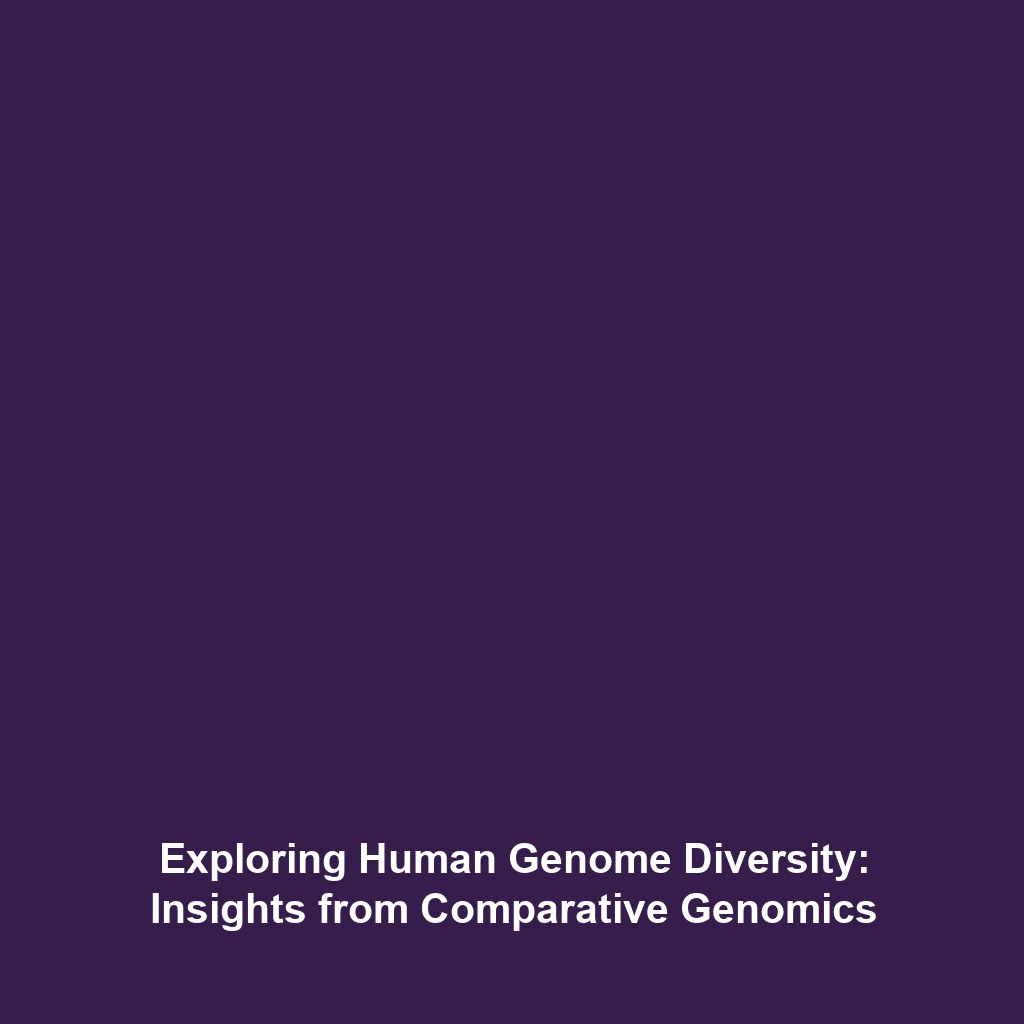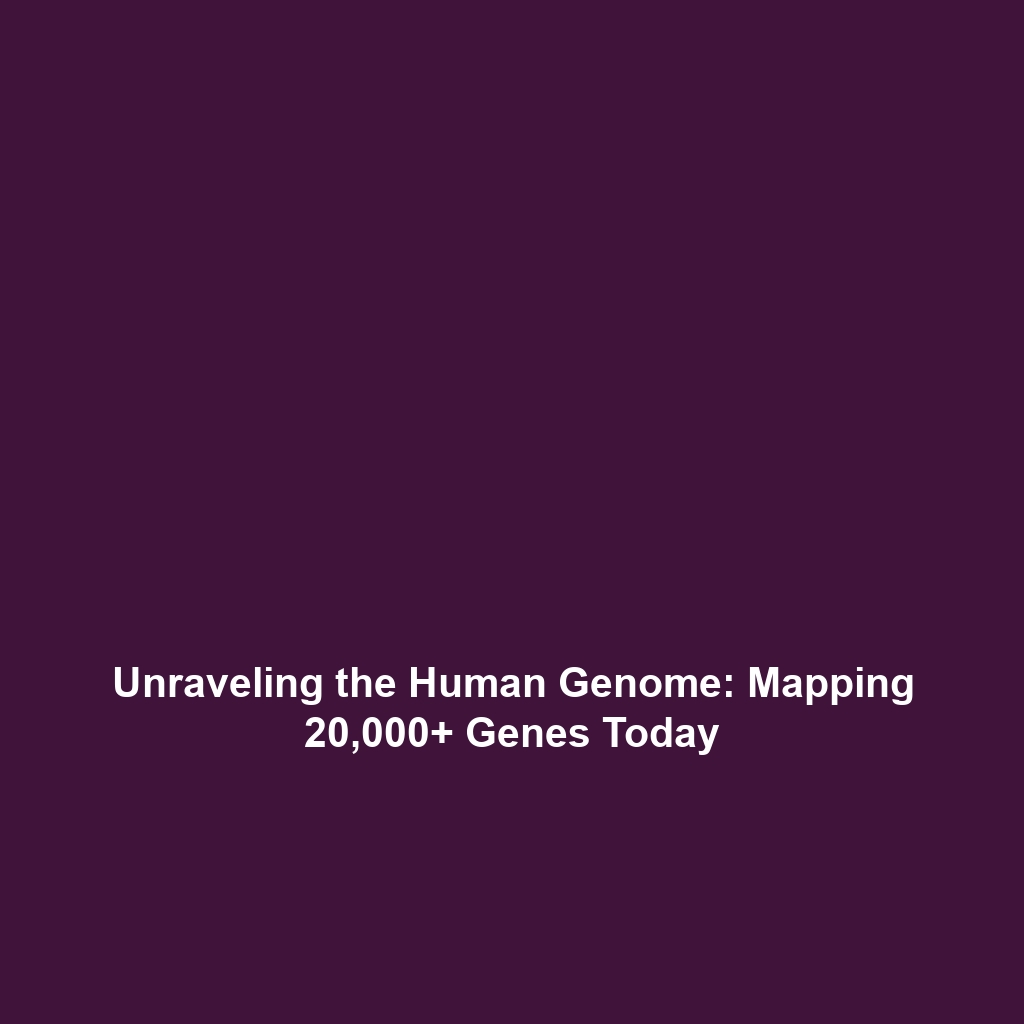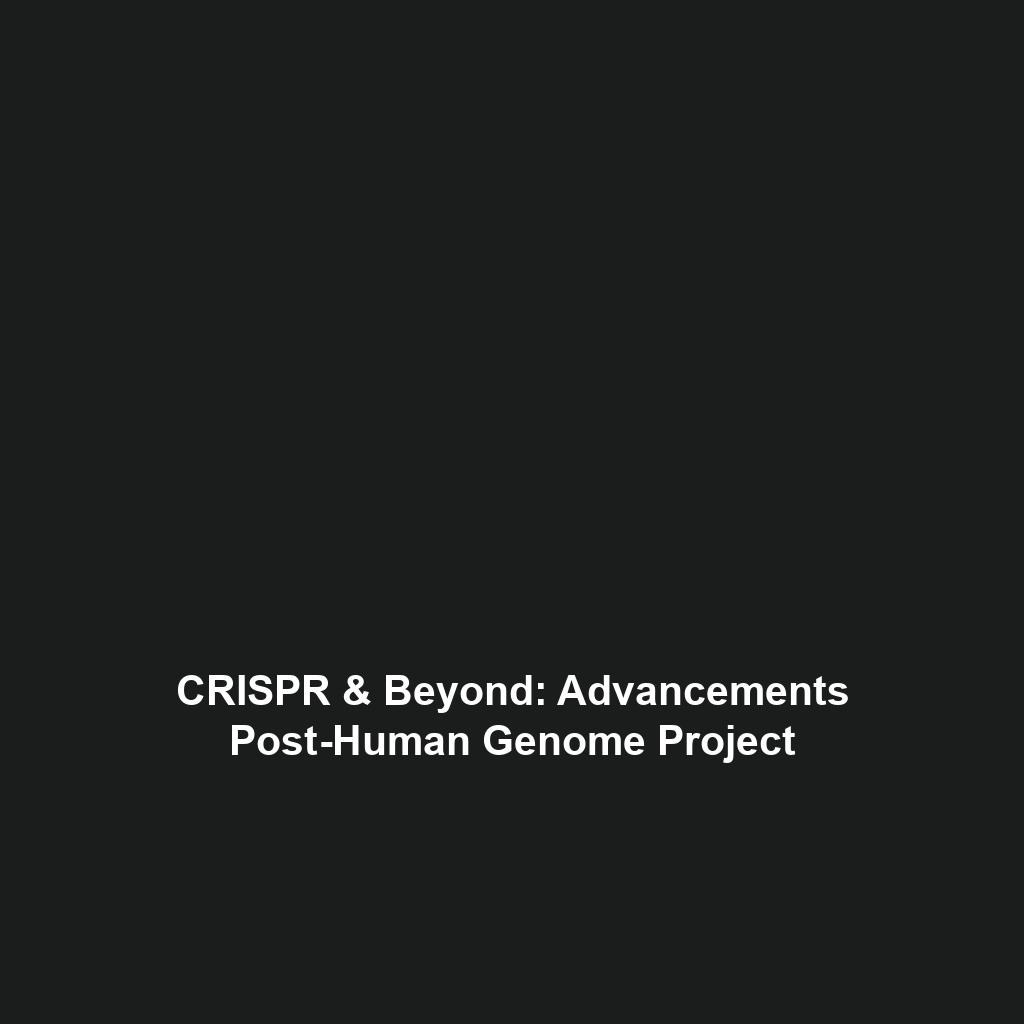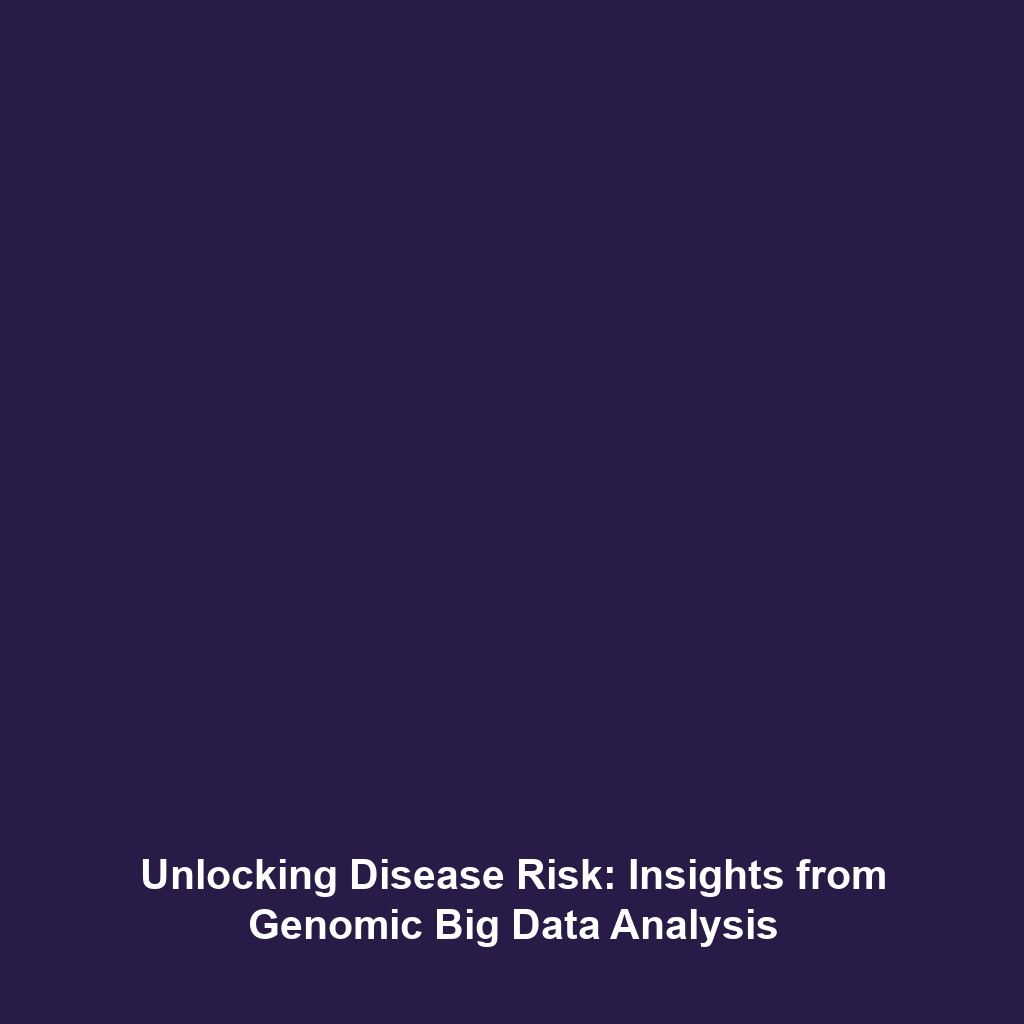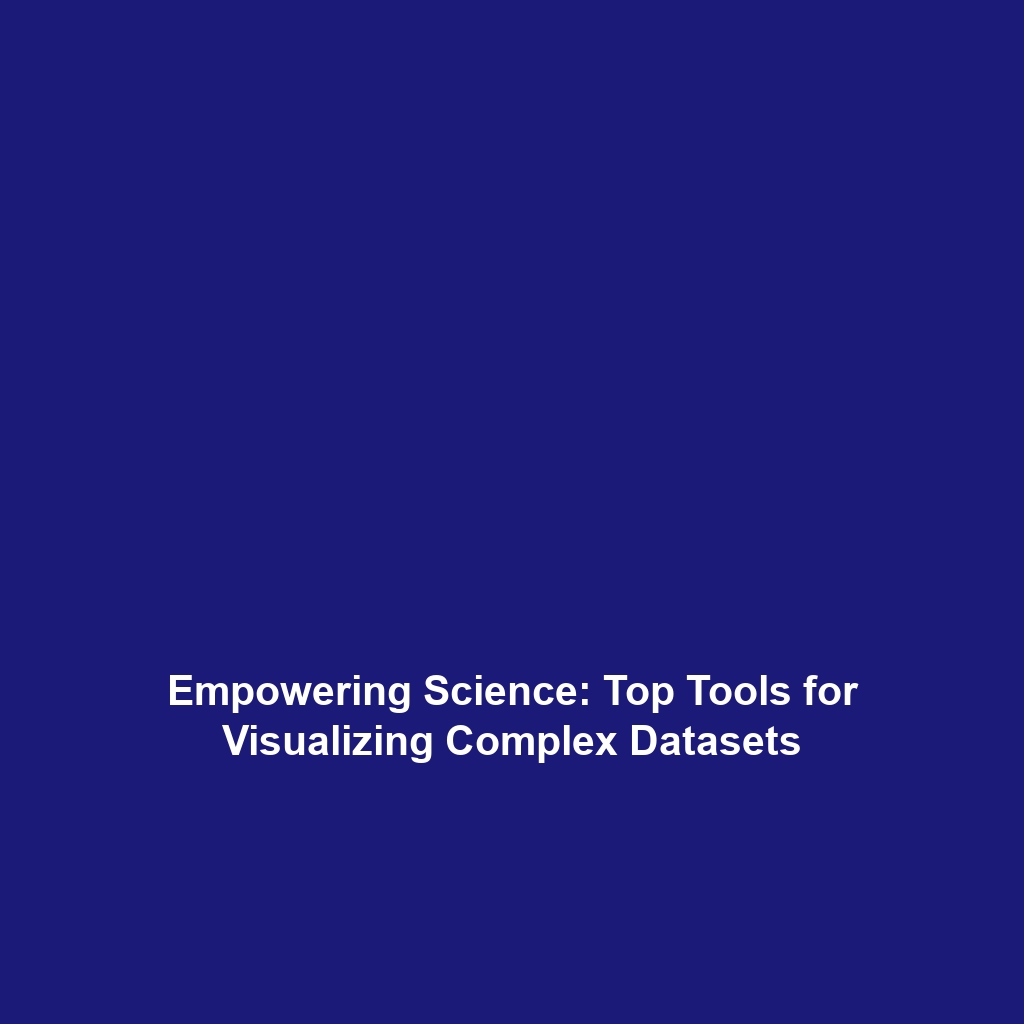The Diversity of the Human Genome: Understanding Differences Between Populations and Ethnic Groups through Comparative Genomics
Introduction
The diversity of the human genome plays a crucial role in understanding the genetic differences among various populations and ethnic groups. This knowledge is significant within the broader context of the Human Genome Project (HGP), which aimed to map and understand all the genes of the human species. As we delve into comparative genomics, we uncover essential insights about human variation that can impact health, disease susceptibility, and population structure. Understanding these genetic differences is vital for personalized medicine and can enhance public health strategies across diverse communities.
Key Concepts
Comparative Genomics
Comparative genomics is the field that focuses on comparing the genomes of different individuals or groups to identify variations. This includes:
- Single Nucleotide Polymorphisms (SNPs): The most common type of genetic variation among people.
- Copy Number Variants (CNVs): Large regions of the genome that can vary in copy number between individuals, contributing to diversity.
- Structural Variants: Larger changes in the structure of genomes that can influence gene function and regulation.
By employing these concepts, researchers can better understand how genetic diversity shapes demographic differences and evolutionary pathways among populations, providing essential context for the Human Genome Project’s findings.
Applications and Real-World Uses
The diversity of the human genome offers valuable applications in medicine and anthropology. For instance:
- Personalized Medicine: Tailoring medical treatments based on an individual’s genetic makeup derived from comparative genomics.
- Population Health: Assessing genetic risk factors among different ethnic groups to inform public health initiatives.
- Forensic Research: Utilizing genomic diversity for solving crimes and identifying individuals.
These applications demonstrate how comparative genomics enhances our understanding of genetic diversity in the context of the Human Genome Project.
Current Challenges
Despite the advancements, several challenges of studying the diversity of the human genome persist:
- Data Gaps: Underrepresentation of certain populations in genomic databases affects research accuracy.
- Ethical Issues: Obtaining informed consent and addressing privacy concerns in genomic studies.
- Technological Limitations: The need for more sophisticated sequencing technologies to capture complex genetic variations.
These issues highlight the need for ongoing advocacy and research in the field of comparative genomics.
Future Research and Innovations
Future studies are anticipated to leverage advanced technologies to enhance understanding of the human genome. Innovations such as:
- Genome-Wide Association Studies (GWAS): Large-scale studies that explore associations between genetic variations and diseases across diverse populations.
- CRISPR Technology: Gene editing techniques that could provide insights into functional impacts of genetic diversity.
- Machine Learning: Utilizing AI tools to analyze vast genomic data sets for patterns of variation and disease susceptibility.
These breakthroughs promise to solidify the relevance of comparative genomics to the goals of the Human Genome Project.
Conclusion
Understanding the diversity of the human genome through comparative genomics is paramount in addressing health disparities and enhancing medical research. By recognizing the differences among populations and ethnic groups, we can harness the full potential of the Human Genome Project. For further insights, consider exploring other topics related to genomic research and their implications for healthcare and society. Stay informed and engaged in the evolving field of genomics.
